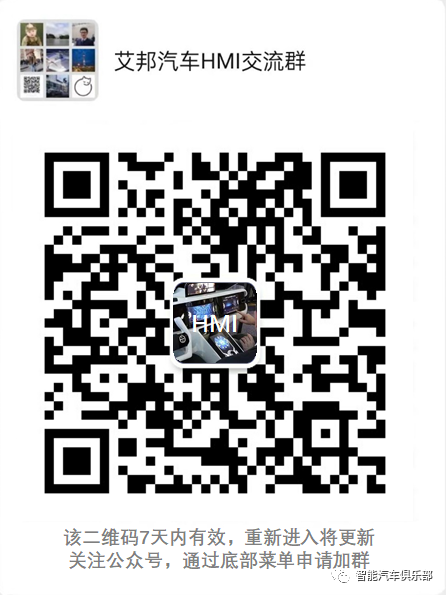Click the blue text to follow us.
In the automotive industry, the introduction of the Passive Entry Passive Start (PEPS) system has revolutionized the way we interact with our cars. This system automatically unlocks the vehicle through secure wireless communication and supports starting the engine with a single push of a button, eliminating the need for physical interaction with a car key. This technology not only simplifies the process of entering and starting a vehicle, enhancing convenience, but also strengthens security by preventing unauthorized access to vehicles through advanced authentication procedures.
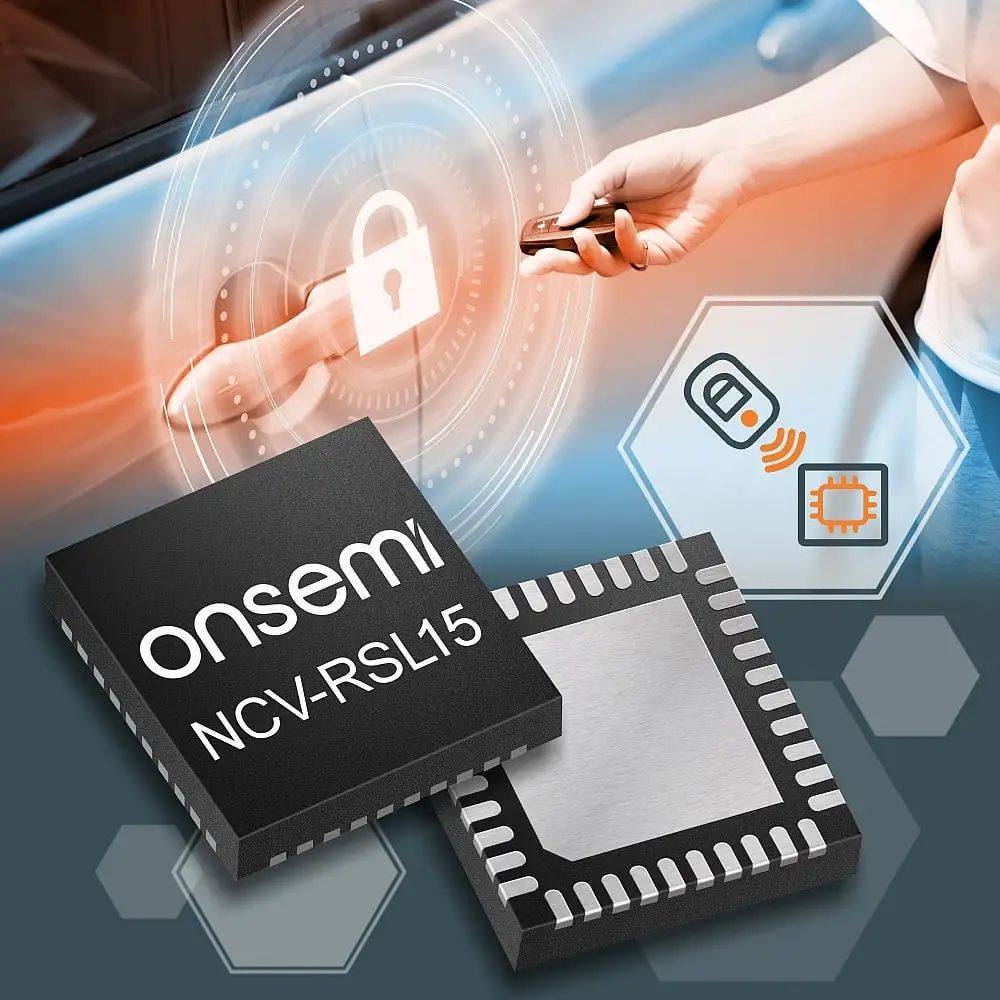
Advancements in wireless technologies such as Bluetooth Low Energy (BLE) and encryption standards have made keyless entry systems more user-friendly and cost-effective, leading to increased adoption in the automotive sector. The automotive BLE market encompasses a wide range of applications based on BLE technology, including keyless entry systems, Tire Pressure Monitoring Systems (TPMS), and Wireless Battery Management Systems (WBMS), and is expected to continue growing. The vehicle access control market is projected to grow at a steady Compound Annual Growth Rate (CAGR) until 2027 (see Figure 1). These systems are increasingly becoming standard in mid-range and higher-end vehicle models, enhancing anti-theft security and simplifying the user experience through high integration, making them an indispensable feature in the evolution of vehicle access control.

Bluetooth Low Energy technology offers excellent energy efficiency and secure communication capabilities, making it increasingly popular among automakers for building keyless entry systems. The low power consumption of Bluetooth Low Energy extends the battery life of car keys and other portable devices, which is crucial for the convenience and reliability of keyless entry systems. Additionally, Bluetooth Low Energy supports advanced security features that help prevent relay attacks, ensuring that only authorized users can access and start the vehicle.
The Local Interconnect Network (LIN) is a serial network protocol established by a consortium of European automakers and technology providers in the late 1990s. It is an economical and efficient low-speed solution designed to replace more complex systems like the Controller Area Network (CAN) and is used for managing communication between devices within a vehicle. The LIN architecture supports a single controller for up to 15 peripherals, making it an ideal choice for managing simple sensors and actuators in modern vehicles. Today, despite challenges faced by the automotive industry such as declining production volumes, the LIN protocol remains an integral part of vehicle communication systems, and its market is expected to grow steadily, reflecting its long-term significance in the field of automotive electronics.
onsemi has developed a reference design that delves into the complexities of optimizing automotive passive entry systems, utilizing a combination of Bluetooth Low Energy and LIN (Local Interconnect Network) technologies. This reference design integrates multiple advanced technologies, aiming to simplify communication between the vehicle and the passive entry system, and ensures a user-friendly, seamless experience. In addition to the robustness of the technology, the design also places special emphasis on system efficiency and reliability, which are also priority considerations in the automotive sector.
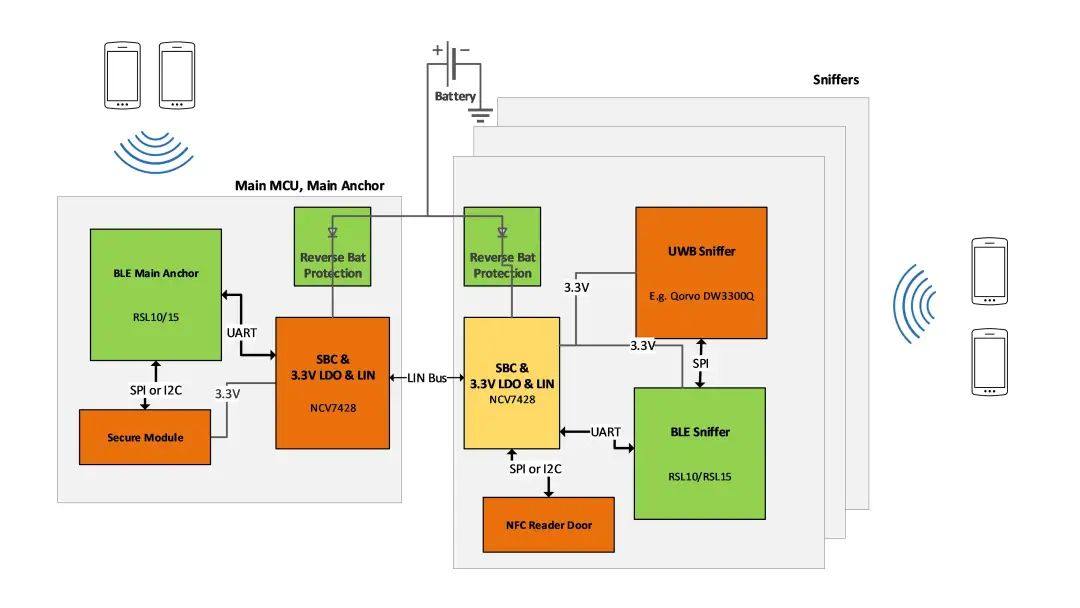
This reference design utilizes the automotive-grade NCV7428 System Basis Chip (SBC) with a LIN transceiver. The internal logic, combined with the provided software library, can be used to achieve communication that complies with the LIN 2.x standard between two programmable devices. We demonstrate a use case for two peripherals, corresponding to a sniffer (PEPS system), which communicate with the anchor device via the LIN bus. The LIN transceiver selected in this design features a 3.3 V internal low dropout (LDO) voltage regulator, which not only powers the device but also protects loads up to 70 mA. This allows developers to power the RSL10 evaluation board directly from the LIN bus, thereby significantly reducing the overall system cost.
onsemi's automotive product portfolio includes System-on-Chips (SoCs), such as the NCV-RSL10 (Bluetooth LE 5.0) and the new automotive-grade NCV-RSL15 (Bluetooth LE 5.2), which have the industry's lowest power consumption in ultra-low power (ULP) energy efficiency benchmarks like the EEMBC ULPMark®-CoreProfile and ULPMark-CoreMark tests. These Bluetooth Low Energy SoCs are automotive-grade certified and are ideal for automotive access systems and Wireless Battery Management Systems (WBMS). Additionally, they come with a comprehensive software development kit that includes project and code examples, aiding in the rapid development of Bluetooth Low Energy applications.
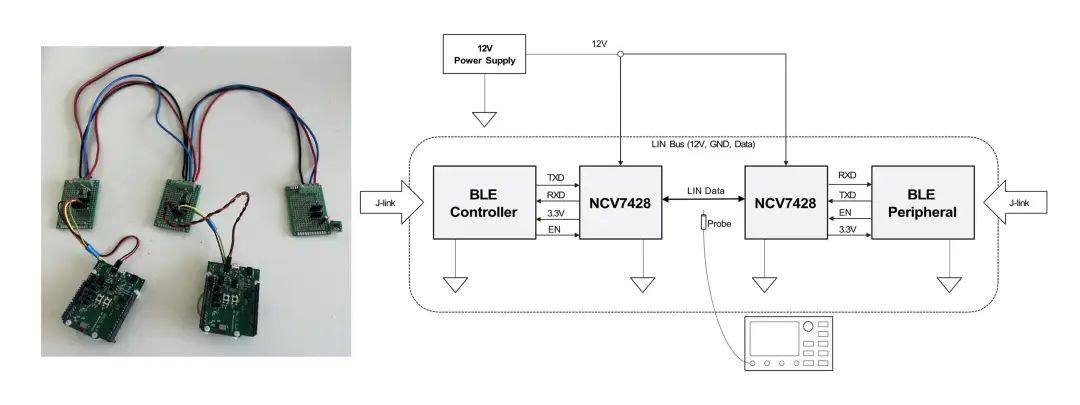
The following are the minimum specification requirements for automotive access Bluetooth Low Energy devices:
-
Support for Bluetooth Low Energy 5.0 or higher.
-
Ultra-low power consumption.
-
Support for up to 10 secure connections simultaneously.
-
Support for out-of-band pairing.
-
Security lifecycle management based on Root of Trust (RoT), TrustZone, and CryptoCell-312.
-
AEC-Q100 Grade 2, ensuring the ability to withstand operating temperatures up to +105°C.
-
A certified cybersecurity implementation scheme.
By establishing a universal framework for digital keys, the Car Connectivity Consortium (CCC) standard has greatly propelled the adoption of keyless entry systems. This standard enables mobile devices to securely store, verify, and share digital keys for vehicles, thereby enhancing convenience and security. CCC's approach leverages Near Field Communication (NFC) and Ultra-Wideband (UWB) technologies, allowing consumers to more easily use their smartphones to access and start their vehicles, thus driving the shift from traditional car keys to digital solutions.
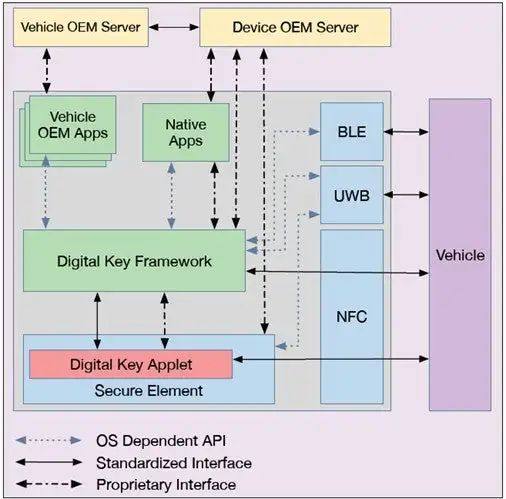
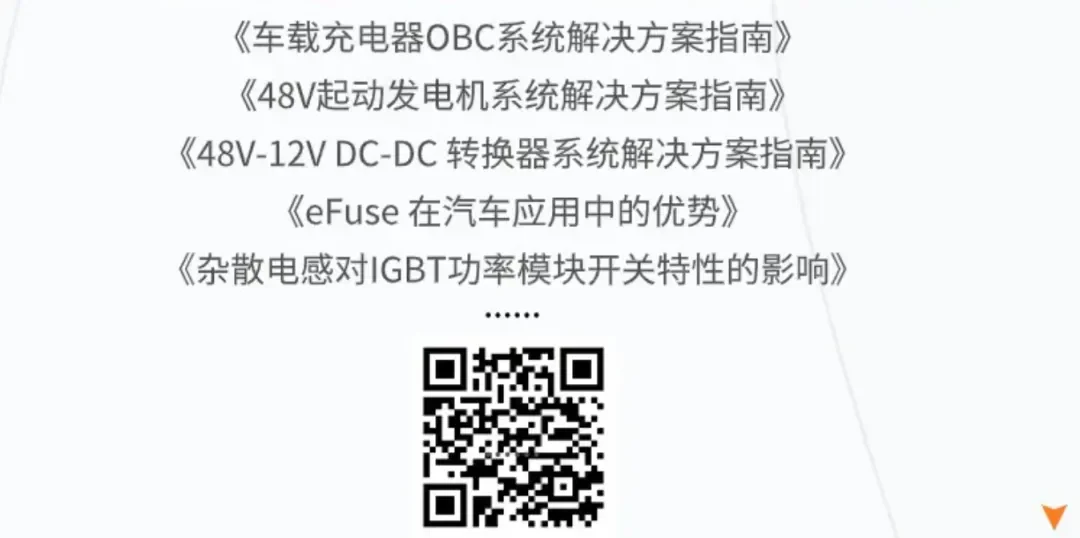
⭐点个星标,茫茫人海也能一眼看到我⭐

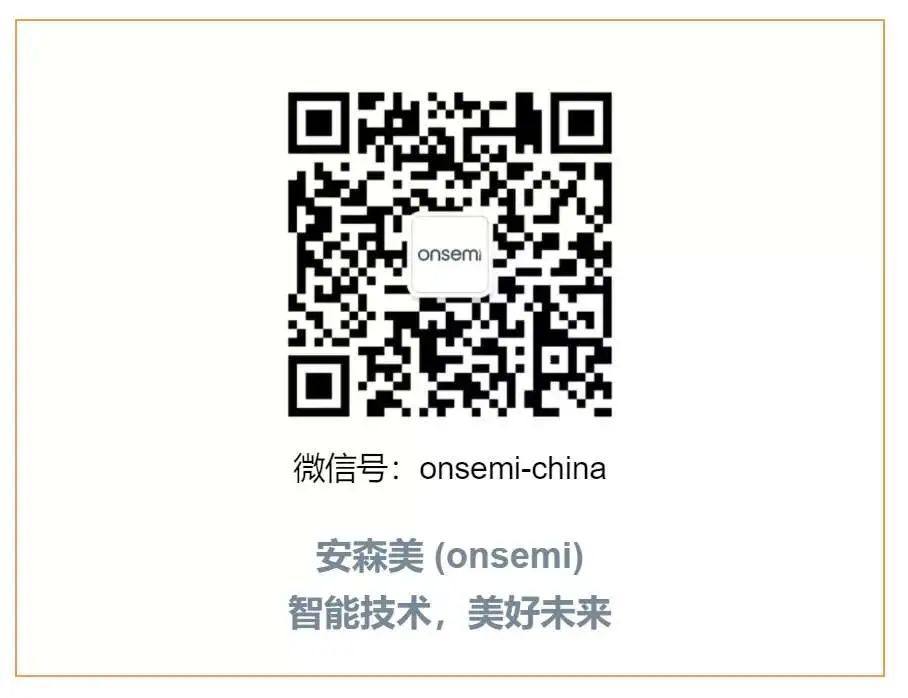
原文始发于微信公众号(安森美):How to quickly implement an optimized car passive entry system using Bluetooth Low Energy and LIN technology?
